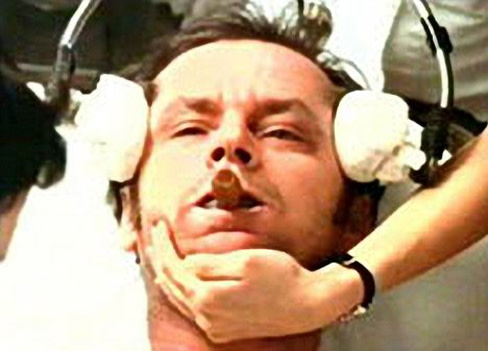Electro Shock
Here’s something I did not know: Electroshock therapy is still very much in use. And it works.
Really, “electroconvulsive therapy,” or ECT, is how to describe it; “electroshock” summons bad enough images on its own—never mind how it calls to mind One Flew Over the Cuckoo’s Nest.
I was over at Comprehensive MedPsych Systems the other day to interview Dr. Rebecca Cohen (make sure to look for info about a really exciting new treatment for depression in my column in the February issue), and I, being very much not a doctor, made what I thought was a clumsy analogy using “electroshock”—when the word came out of my mouth it felt as inappropriate as using the word “cuckoo” in a psychiatrist’s office—but Dr. Cohen responded calmly and pleasantly, giving me a quick overview of contemporary ECT, which is not at all the terrifying torture depicted in movies.
Today’s ECT involves a trip to the hospital, where patients are given short-acting anesthesia (including a muscle relaxant) before the therapy is administered. “It’s more civilized than you think,” says Dr. Cohen. The targeted (and very low-level) electric jolts, essentially, stimulate the brain to address everything from depression to dementia-related outbursts of anger.
Of course, it’s not the first option for these conditions, but, often, it does work. In fact, the drawbacks of ECT are not due to any lack of effectiveness but rather, most often, inconvenience. The treatments require a trip to the hospital and, even though the procedure itself is short, it takes time to prepare and recover. Plus, patients need someone to accompany them (they won’t be able to drive themselves afterwards). And the common anxiety of any hospital trip is complicated in this case by the temporary feelings of disorientation caused by the anesthesia as well as the procedure itself. (The confusion can wear off in minutes, but patients often have no memory of the procedure, which can be frightening.)
And the stigma alone can discourage potential patients.
But ECT is so accepted and effective that it’s often covered by health insurance. Read more about it on the Mayo Clinic’s website here.
Mark Brazaitis also chatted with Diane Rehm about it today—you can listen to that story here.
Read Hannah Wallace’s Health Report in our December issue.
